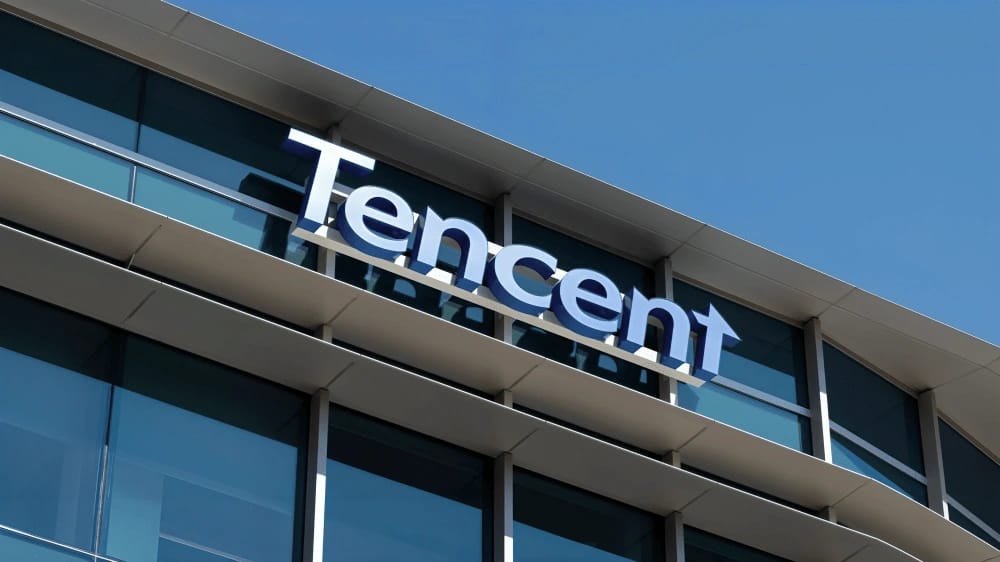U.S. Steel Federal Corporation is one of those organizations in the United States that have increased the importance of steel in the manufacturing sector. In such a scenario, on May 1, 2025, the first results of the first quarter (Q1) 2025 of the company are supposed to be made public. Investors, analysts, and industry observers are all anticipating this release since it has a lot to unveil not just about the company’s early year performance but also against the tumultuous backdrop of a fluctuating global steel market.
State of US Steel within the Market
The American firm U.S. Steel was founded in 1901. Over the years, it has proved itself to be perennial in the American industrial landscape. Today, steel would continue to be produced through the company, despite the hauling fierce competitions through domestic and global producers. The results of Q1 would, therefore, say much about U.S. Steel’s ways of doing business in a time of cutting economic uncertainty, changing global trade dynamics, and initiatives for greener production.
What to Expect in the Q1 2025 Report
Industry experts anticipate that the Q1 2025 results may reflect moderate growth, driven by demand from construction, automotive, and infrastructure sectors. However, raw material cost fluctuations and global supply chain challenges may have had a mixed impact on margins.
Key indicators to watch in U.S. Steel’s earnings report include:
- Net sales and profit margins
- Capital expenditure updates
- Operational efficiency metrics
- Sustainability initiatives and progress
By making the Statement Strategic and Current
The focus areas for U.S. Steel over the past few months have been modernization and sustainability. Along similar lines, the firm continues investing further in the electric arc furnace (EAF) technology that reduces emissions and increases the energy efficiency factor. It is expected that the Q1 report will throw some light on these capital projects, especially in view of the advancement of the Inflation Reduction Act project, for cleaner industrial practices.
Furthermore, U.S. Steel is also trying to transition its offerings in high-strength and specialty steel for the continued demand in a lower-carbon economy. Its ability to do this under strict scrutiny as it balances its environmental obligations with how business does.
Analysts and Market Sentiments
Analysts are cautiously optimistic regarding U.S. Steel’s financial outlook. Some analysts believe that the company’s earnings would remain flat, while some consider the company well outside of what might be expected by sales Some predict steady earnings, while others believed it may outperform itself due to increased steel prices in some countries in the Q1 market.
The effects of the announcement on May 1 will be felt in the performance of U.S. Steel in the stock market, especially depending on how the actual performance lines up with what the market forecasts. Investors will also be listening closely to any forward-looking statements from the company’s leadership during the earnings call.
A Wider Industry Context
The turmoil in the international steel market, brought about by geopolitics, trade policy changes, and demand flux, emphasizes the adaptability and resilience of U.S. Steel. China, India, and the rest of the emerging market players remain very competitive, strengthened by the need for strategic moves.
Also, heavy demand for steel for infrastructure and green energy-related projects in the U.S. could serve as a tailwind. Any production and supply chain strategy that U.S. Steel can put in place for such markets will almost guarantee a sustained growth phase in the quarters ahead.
Conclusion
The Q1 2025 earnings release scheduled for May 1 cannot be just an announcement of numbers anymore; it marks an accounting for the progress of the company against a fast-evolving industrial backdrop. The performance of this giant will be keenly watched by all stakeholders, from investors to environmentalists.
Innovation, sustainability, and strategic focus remain key tenets U.S. Steel is now championing in the 21st century, thereby ensuring its pivotal role in the future of American manufacturing.





